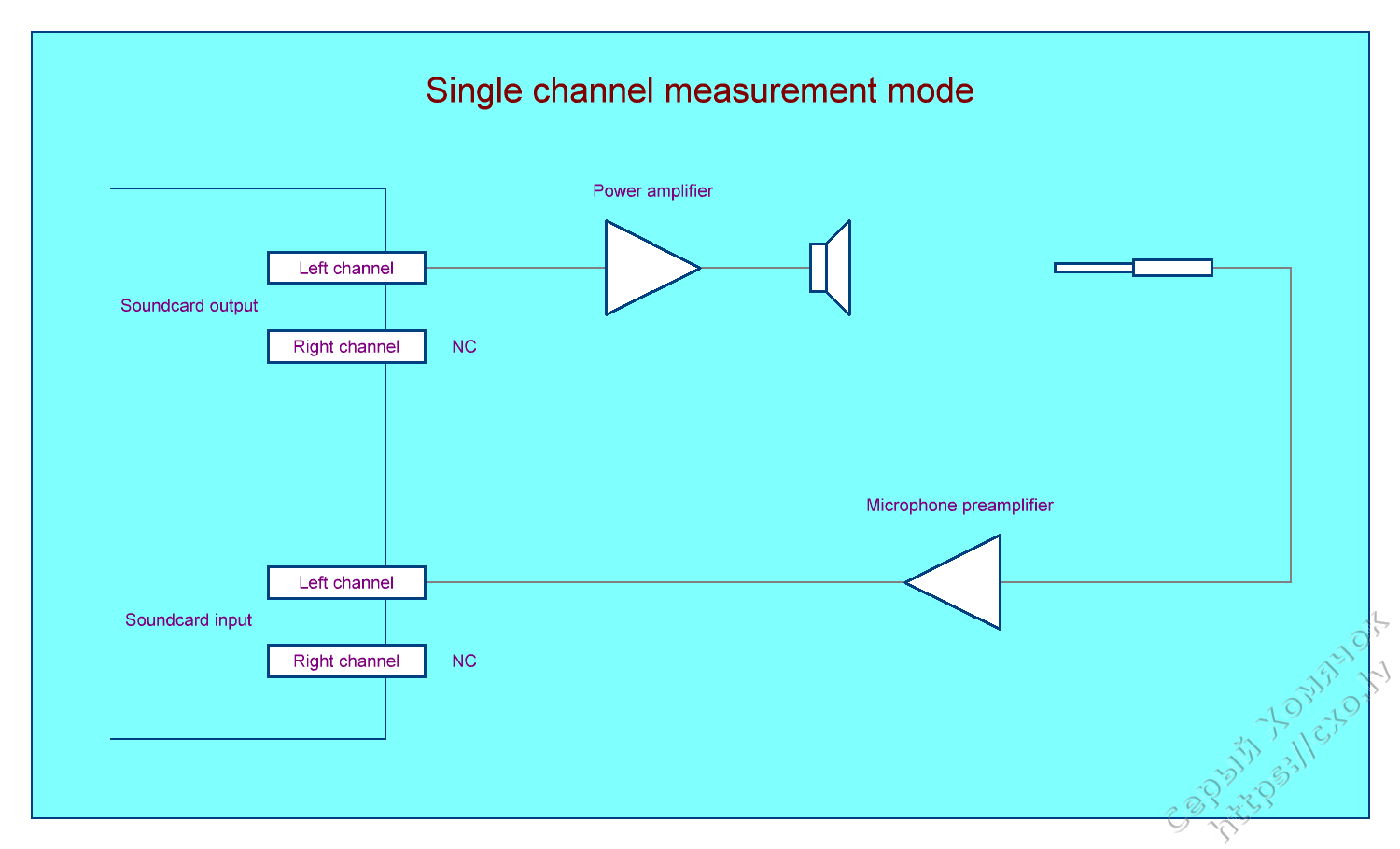I've done more work on my 4-way open baffle speaker and the article is now published in hifizine:
Refining a 4-way open-baffle speaker with the miniDSP 2×4
I'd be happy to try and answer any questions or receive feedback or suggestions - thanks 🙂
JohnR
Refining a 4-way open-baffle speaker with the miniDSP 2×4
I'd be happy to try and answer any questions or receive feedback or suggestions - thanks 🙂
JohnR
Nice work! 
Can you please show phase, waterfall, frequency and distortion graphs? ALso, can you send .pir file so I can import it into program like Arta.

Can you please show phase, waterfall, frequency and distortion graphs? ALso, can you send .pir file so I can import it into program like Arta.
Hi Bob - that wasn't quite what I meant by offering to answer questions :O Perhaps next article, if you could explain more what you'd be looking for in that information - ?
Last edited:
I'm interested in graph like in this build PRELUDE
not only Frequency response, because it's nothing without other graphs.
Also, equalization is a bad way to build system(well for subwoofer maybe it's ok). Resonances an peaks it's a aftereffect and best way, to kill it it's eliminate the cause of it.
not only Frequency response, because it's nothing without other graphs.
Also, equalization is a bad way to build system(well for subwoofer maybe it's ok). Resonances an peaks it's a aftereffect and best way, to kill it it's eliminate the cause of it.
Oh. Well, it sounds like you've made your mind up. If you read the article though you'll see that a good amount of the eq is related to the drivers or their use in open baffle configuration. The rest, I guess you can argue about. Anyone can try it either way for themselves and make their own mind up - that's why it's DIY 🙂
OK, I'll try to provide some of those in a future article. Won't be until after the next version of the baffle is made.
Ok, but I do not get why so hard do measurements again.
And how you control volume control? Before filter or after?
And how you control volume control? Before filter or after?
Hi Bob - it's time consuming, and measurements need a purpose and need to be interpreted and explained. The article was a lot (huge amount) of work and I'd really prefer to just answer questions about it, and have a break from the measurements and so on until I get geared up for the next article. Sorry, I hope you understand.
With regards to the volume control, I do it before the DSP. Doing it after would require 8 channels of attenuation - surely feasible but not something I'd like to do at this point.
With regards to the volume control, I do it before the DSP. Doing it after would require 8 channels of attenuation - surely feasible but not something I'd like to do at this point.
Ok, will see. And my one more question: this graph http://www.hifizine.com/files/2011/03/Figure-25.-In-room-response-for-both-crossover-versions.png was measured with what kind window time? I think above 50ms or even more.
Nothing wrong with EQ, its done from the beginning of the production chain to the end user. I am thinking of doing a 4 way open baffle but its unlikely. Right now I have three ways, subs, midwoofers, and tweeters. Thank goodness or miniDSP making this practical.
JohnR,
Cannot thank you enough. I have the exact same setup and was not sure on what approach to take for measurements. The article is so good that I really want to donate to support your efforts.
Cheers!
Cannot thank you enough. I have the exact same setup and was not sure on what approach to take for measurements. The article is so good that I really want to donate to support your efforts.
Cheers!
One more question:
You say that:
"There are various ways of working out what to set the time delays to, but here’s a fairly quick and simple technique:"
Well, this method works only with dual channel measurements, right? Because to determine delay you need reference channel. But where you get it?
Scheme must be like this:

But not like this:

You say that:
"There are various ways of working out what to set the time delays to, but here’s a fairly quick and simple technique:"
Well, this method works only with dual channel measurements, right? Because to determine delay you need reference channel. But where you get it?
Scheme must be like this:

But not like this:

And how you turn off filter for twitter? It's can be damaged without it....
I've use your technique for wof. and mid. delays was obtained. But how it can be done with twt?
I've use your technique for wof. and mid. delays was obtained. But how it can be done with twt?
Thanks aazeez1975 for your kind words 😉
bobkamikaze, just one channel needed (you figured that out I guess). Run the sweep just in the frequency range where the mid and tweeter are both "comfortable."
bobkamikaze, just one channel needed (you figured that out I guess). Run the sweep just in the frequency range where the mid and tweeter are both "comfortable."
I don't use ARTA... is there a way to set the start and end frequencies of a swept sine measurement?
- Status
- Not open for further replies.